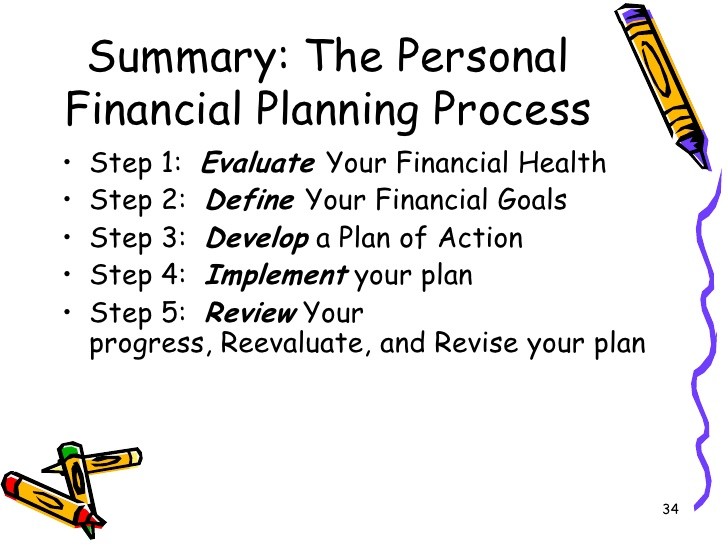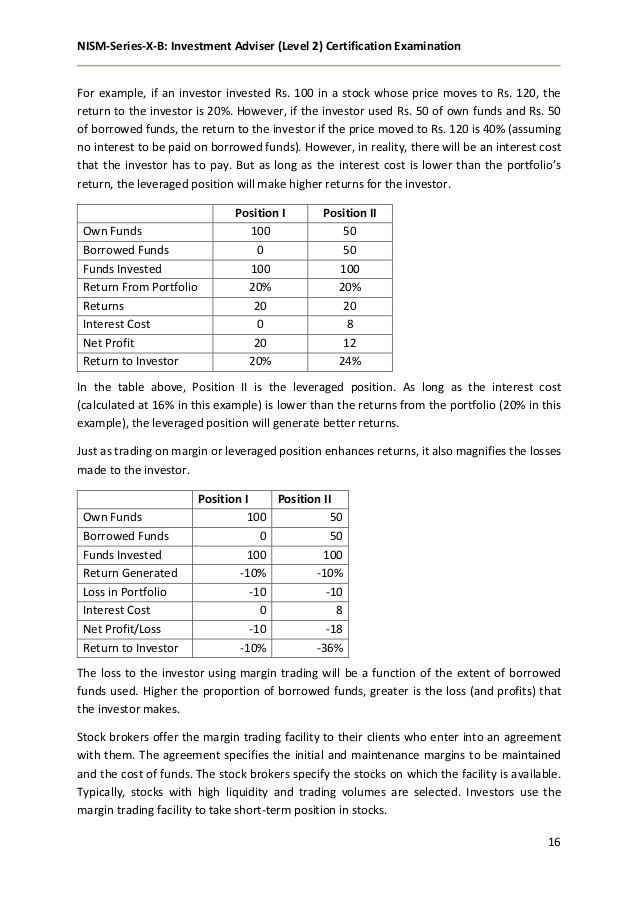6 Steps To Evaluate an Investment Advisor
Post on: 3 Май, 2015 No Comment

Follow Comments Following Comments Unfollow Comments
Jason Zweig, the Wall Street Journal’s Intelligent Investor Investor columnist, posted a few days ago to suggest that investors ought to be tougher when they are evaluating their present or potential financial advisors.
“Before you hire a financial adviser, ask to see his track record in writing,” Zweig wrote.
I agree with that. If your financial advisor is charging you the industry standard 1 -2% annually in fees (some online options are much lower now, charging .25% or less), you ought to know what you’re getting for that money. You might be getting a lot of good financial planning advice, which can be worth a lot, or emotional support when you’re tempted to sell at the wrong time, also worth a lot.
But the heart of what you’re probably expecting to get is the investment return. To decide if your advisor is doing a good job, you need to consider both returns and how much he is charging you to earn those returns — the fees.
Not every advisor is forthcoming with the returns, as Zweig suggests. He says investors should ask their advisors for “a composite of how large numbers of clients’ portfolios fared over multiple time periods—say, the past one, three, five and 10 years, after all fees. It’s a plus if the results conform to the GIPS standards from the CFA Institute.”
But then what do you do with the return number once you have it? Charley Ellis, an amazing investor advocate and the author of Winning the Loser’s Game. explained to me this simple way of looking at fees and returns. I added the steps. This is real money, as Charley says, and you ought to spend at least as much time and attention on this as you do on, say, a refrigerator or car purchase.
First, one aside on returns. “Returns” is not a simple concept, which is probably why even some good financial advisors tend to sigh a little when they hear their clients ask. The problem is that few investors, even the very smart ones like entrepreneurs, wrap their minds around the question of a risk-adjusted return.
If your advisor hands you a sheet of paper with a return number on it of, say, an average of 8% annually over the past decade, what does that mean? You have no context. 8% sounds great, but what if most people earned 15%? You’d feel you were getting ripped off.
Sophisticated investors would take that return number and figure out what to compare it with. If your advisor is using an all-stock strategy (not advisable for most people, who wouldn’t be able to stand the volatility, but just for the sake of argument), it might be fair to compare the fee you’re paying and the returns with the expense ratio and the average annual return of the S&P 500 or a total-stock index fund like VTSMX. Remember, you can always open an account at Vanguard and buy directly from the company.
But what if your advisor has designed a portfolio for you of stocks and bonds, so that you can sleep at night. You’d accept lower returns in exchange for the lower risk of the portfolio, but you’d still want to know you were getting a good deal. So you might compare your fees and the return on the portfolio to the expense ratio and the return on the Vanguard VBINX. The most sophisticated investors use the Sharpe Ratio .

I think of figuring out your benchmark the same way I think about an information-gathering trip to Home Depot Home Depot when I’m buying a washing machine. The industry standard might be the LG stackable, and once you find out how much that costs, you have a frame of reference.
With that explanation in mind, let’s look at your investment returns less like a service and more like a simple transaction. The financial planning and the hand-holding are genuine services, but the crucial return piece is more like something you’re buying. You’re not paying someone to take care of your portfolio, you’re paying for a return.
My formula for evaluating a financial advisor is pretty simple.
1. Ask to see his or her returns, as Zweig suggests. Let’s say for the sake of argument it’s 10% annually over the past 10 years on a $100,000 portfolio of stocks, bonds and emerging markets stocks.
2. Ask your advisor for a reasonable benchmark so you can compare the returns to something and make sure you’re in line on your risk tolerance.
3. Ask what you’re paying in fees, including both the fees on the underlying investment products (generally the expense ratio on your funds) and the fee your advisor is charging. Say it’s .5% on the former, and 1% on the latter.














